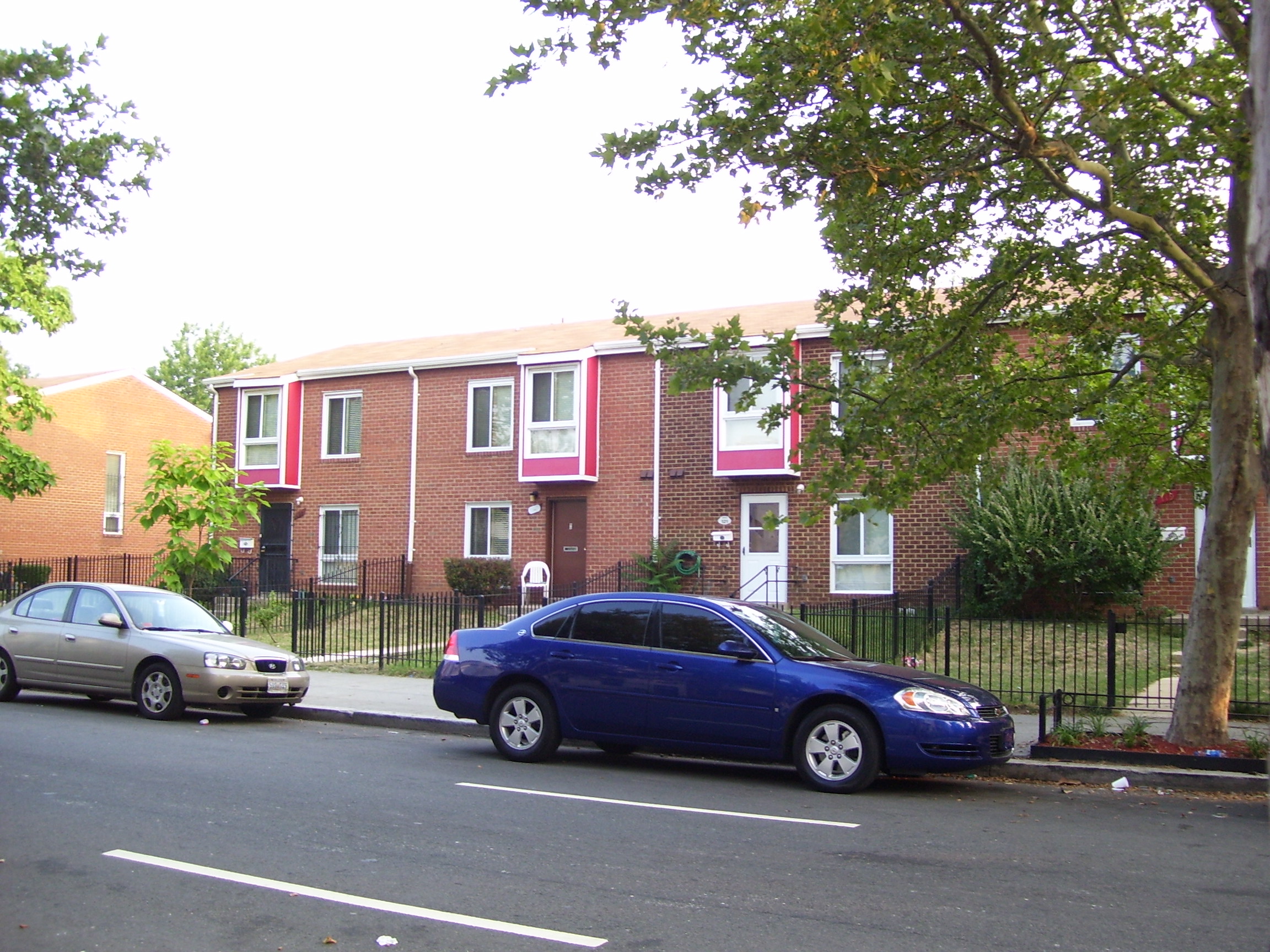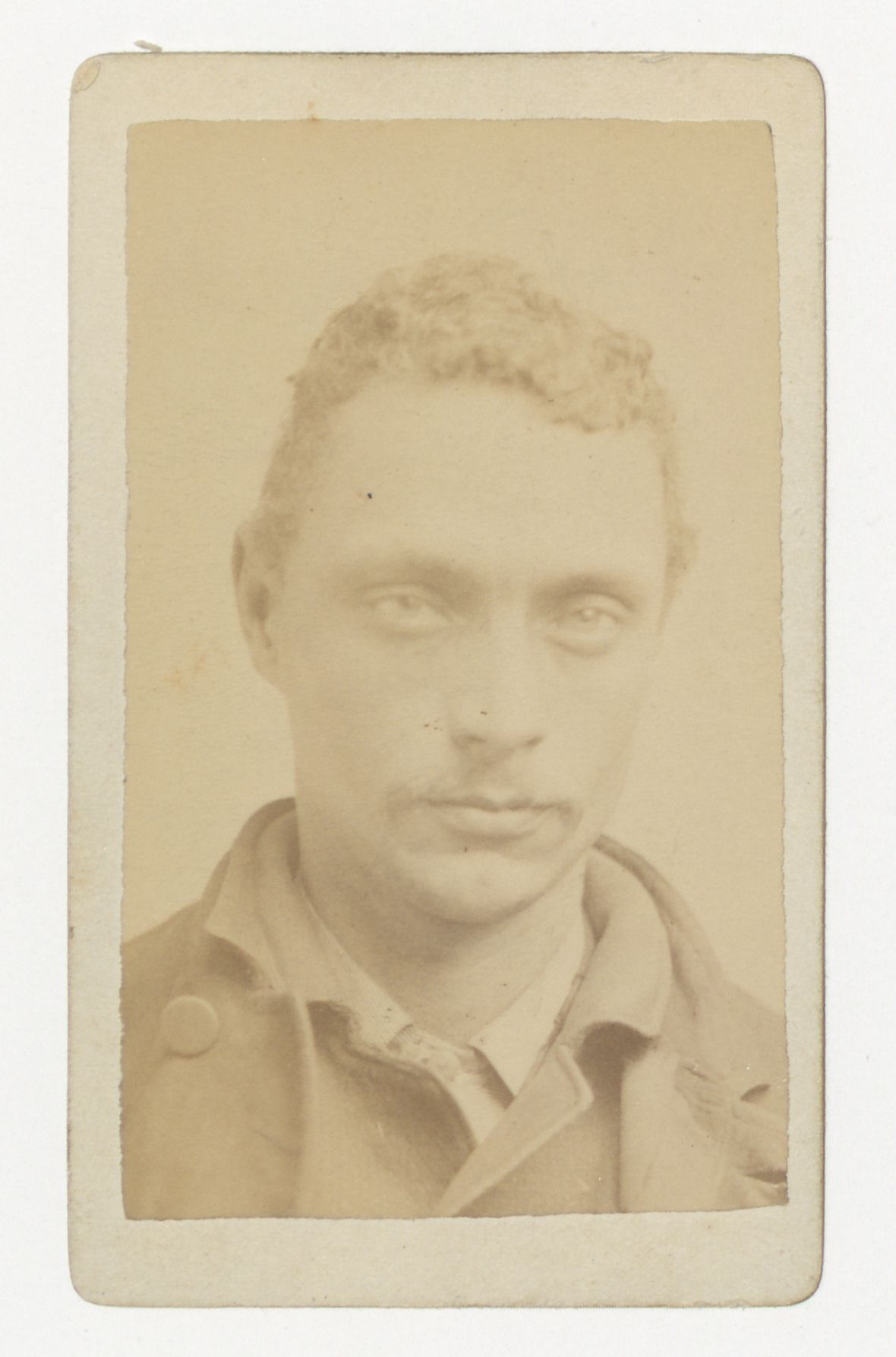Par for the course for being mayor of DC.

I was listening to an audiobook and was annoyed with one of the prescriptions that authors are forced to tack on to their books. Housing was a background issue. It would have made more sense if the prescription was unionizing, not touting zoning for more multifamily housing, a topic explored at the 11 hour.
What annoyed me was, after working on the history of this neighborhood, that a historical solution that worked was ignored. Boarding houses and taking in boarders. Many people in Truxton Circle, homeowners and renters, had boarders.

However, this very low rung in the housing is almost illegal. Like mobile homes (another affordable housing product illegal in many municipalities), the laws on the books make such a thing impossible to run legally. There are illegal boarding houses in DC. We find out about them when someone dies in a fire.
We’d prefer someone to live in a tent in a park, then have a house with all sorts of people coming in and out, where people live for cheap. I’m not going to romanticize boarding houses either. Poorly run ones were a nuisance. But, they were a roof over a person’s head. Four solid walls (maybe thin walls) where they could call home.
Back when I was in elementary school and at an age where we made friends easily, I had a ‘friend’ who lived in a boarding house near the school. Her family, mother, father and maybe a sibling, all lived in a room in the back of this 2 story frame house that no longer exists. I remember the room being poorly lit & junky. This was a working class Black neighborhood, and if you couldn’t afford to rent a whole house or get into the public housing, well you were pretty bad off.
The author, like Jane Jacobs, assumed a type of housing would make it affordable. Jacobs believed older housing was affordable. I’m in my youngest house, built in 1940, cheap is the last word I’d use to describe it. And likewise, there are multi-unit houses, houses carved up into condos, that are out of the price range for most. Even if DC allowed people to live in converted Home Depot sheds on land they rented or owned, the prices will find a way to jack up.
Okay. Rant over.
I’m going to highlight something of interest to me. The National Archives will host a virtual Genealogy Fair with a variety of videos with a live Q&A. Something that may be of interest is M Marie Maxwell’s DC Law & Order: Cops and Robbers or how to look up your DC criminal relatives from the past. That last part is not official. This should be scheduled sometime in early June.
I’ve used some things from what is planned for the geni fair on this blog. The post for Thomas Lawler and James Boswell use a National Archives series, Personnel Case Files, ca. 1861–1950.

Northwest Co-op. These are post 1968 riot affordable housing units. The bay window like sections that jut out on the 2nd floor reference the circa 1900 Bates Street houses with a similar type (but less boxy) window.
They are not public housing. They might accept Section 8, but it is not public housing.

This man was arrested for larceny. According to the info on the other side of this card he was a painter. Looking in the city directory, a James T. Allen who was a painter who lived in Blagden Alley. The card also said he had brown hair and light blue eyes, and that he was a very light mulatto. Sure. Genes are funny things.
It also says he was born in Massachusetts. I can’t find other James T. Allens born in MA around the 1890s in DC. Plenty of James and James T Allens in DC, just not any from Massachusetts.
This is from 2016
I could add context, but I don’t need that headache. I already posted my opinion.